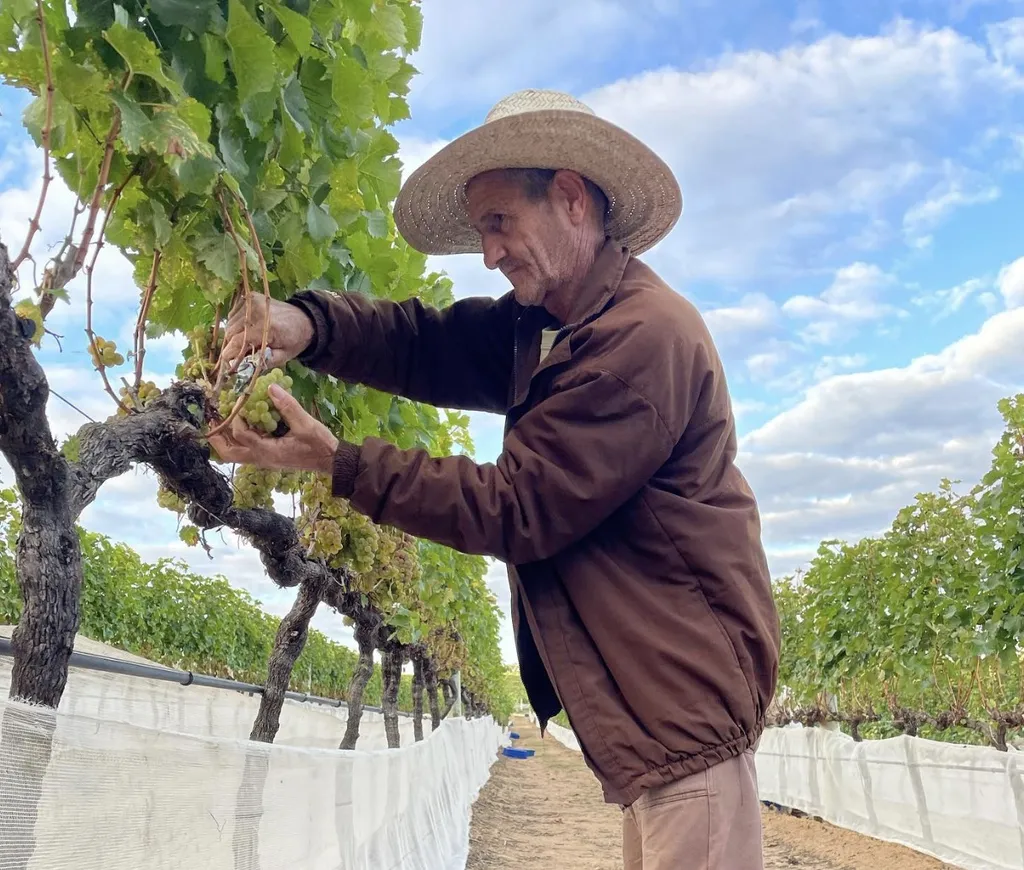In the rolling vineyards of Brazil’s southeast, a quiet revolution is taking place. As the demand for high-quality wines from autumn-winter harvested grapes continues to rise, particularly for the Syrah cultivar, researchers are finding innovative ways to boost vine performance. At the heart of this movement is Francisco Mickael de Medeiros Câmara, a scientist from the Minas Gerais Agricultural Research Agency, who has been investigating the influence of rootstocks on grapevines under double pruning management.
Double pruning, a technique used to induce winter harvest, has been a game-changer for the Syrah cultivar. However, it has posed challenges for classic cultivars like Merlot and Cabernet-Sauvignon, often reducing their vigour and yield. This is where rootstocks come into play. “Rootstocks are a powerful tool in viticulture,” explains Câmara. “They can significantly manipulate the vegetative and reproductive vigour of grapevines, helping us to overcome some of the limitations imposed by double pruning.”
In a study published in the journal ‘OENO One’ (which translates to ‘One Wine’ in English), Câmara and his team evaluated the impact of eight different rootstocks on Merlot, Cabernet-Sauvignon, and Syrah grapevines over five seasons, from 2018 to 2022. The results were promising. Medium to high vigorous rootstocks like IAC 766, SO4, RUPESTRIS, GRAVESAC, 101-14, and KOBER were found to improve yield and grape quality across all cultivars without compromising grape maturation.
For Merlot and Cabernet-Sauvignon, the rootstock IAC 572 also showed potential, but with a caveat. “While IAC 572 can boost yield, it’s extremely vigorous,” cautions Câmara. “It can affect the balance between vegetative and reproductive vigour, so grafting must be recommended with care.”
The implications of this research are significant for the wine industry. By carefully selecting rootstocks, viticulturists can enhance the performance of grapevines under double pruning management, opening up new possibilities for autumn-winter harvests. This could not only improve the quality and quantity of wines but also contribute to more sustainable and efficient vineyard management practices.
As the wine industry continues to evolve, research like Câmara’s will be crucial in shaping its future. By understanding and harnessing the power of rootstocks, we can unlock new potential in grapevine cultivation, paving the way for a more resilient and productive viticulture sector.

